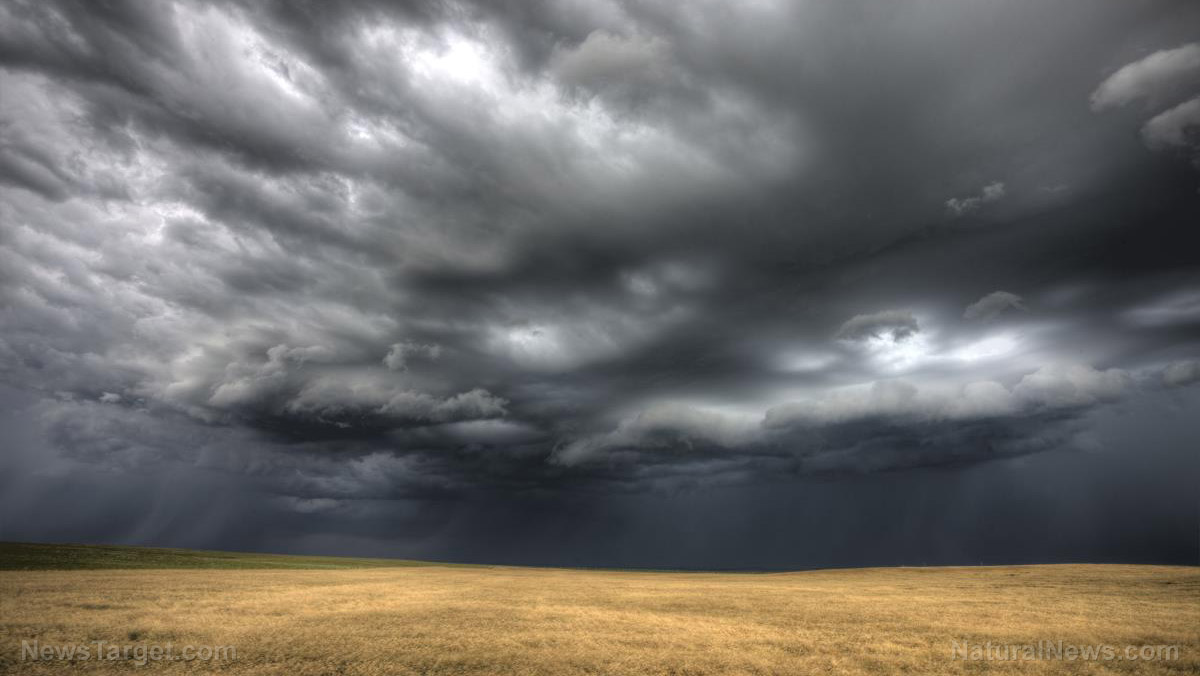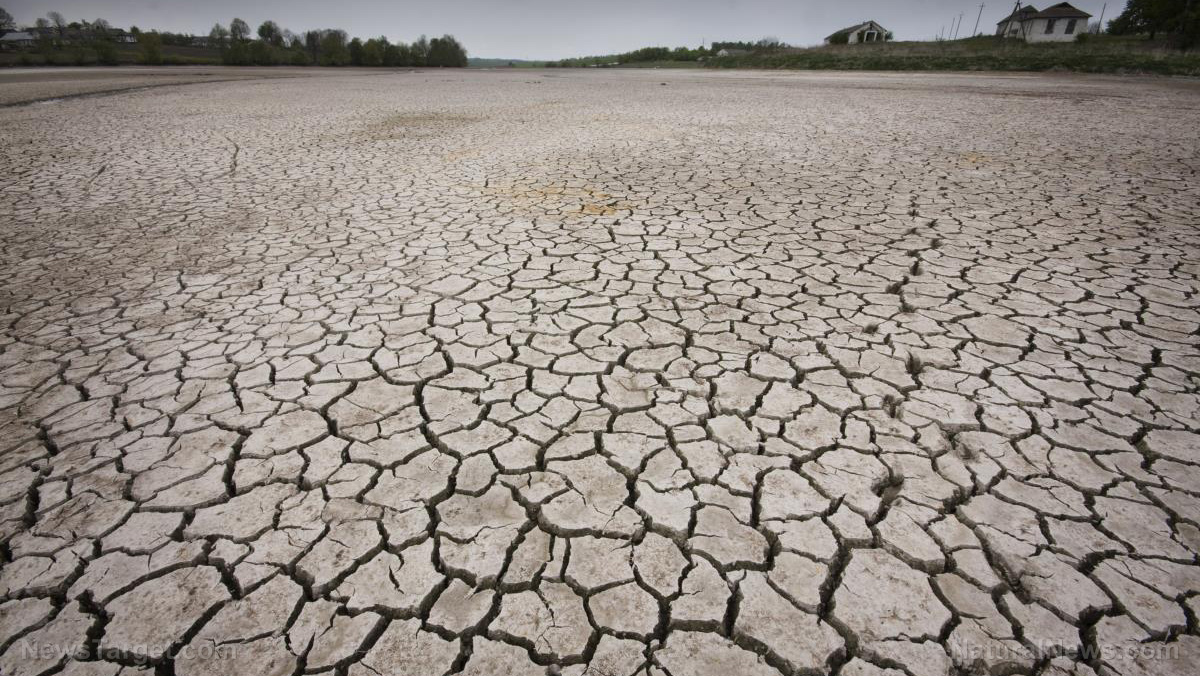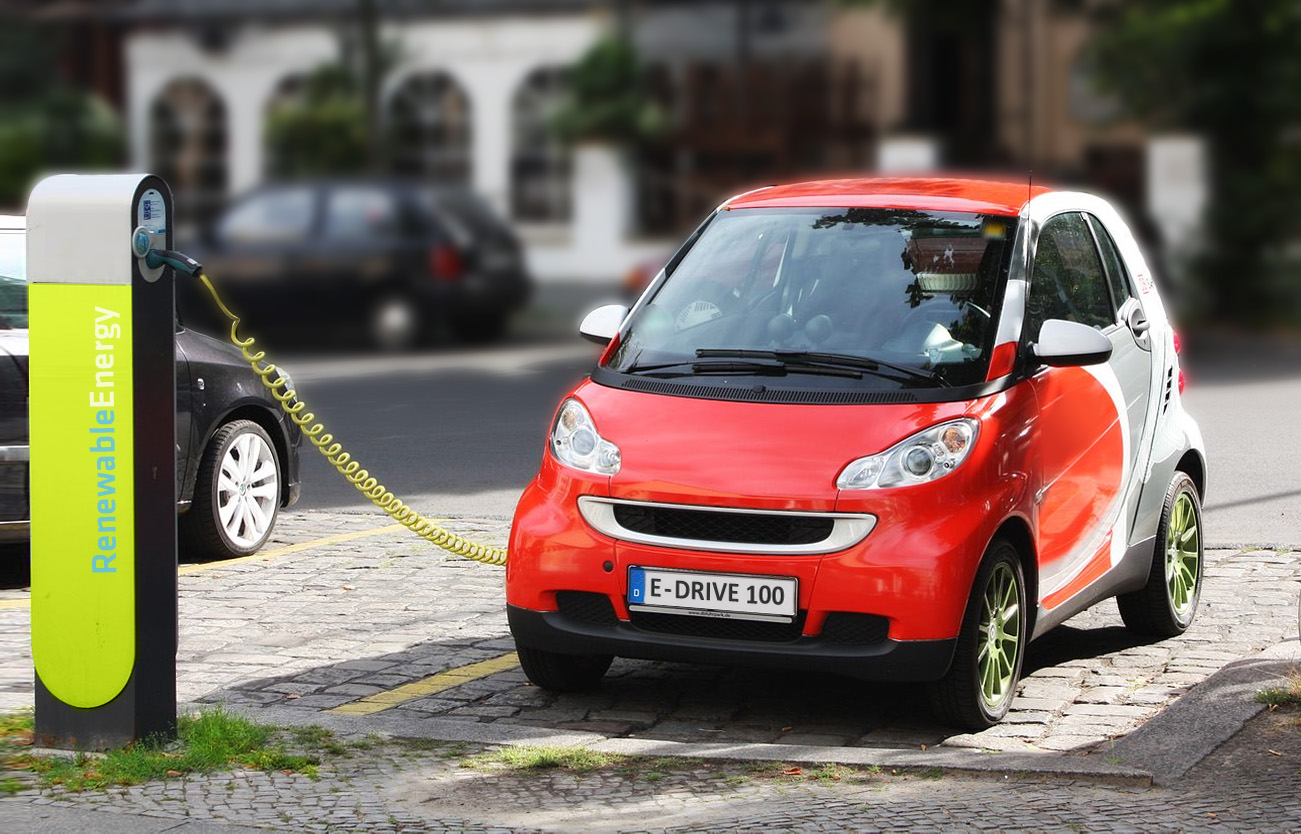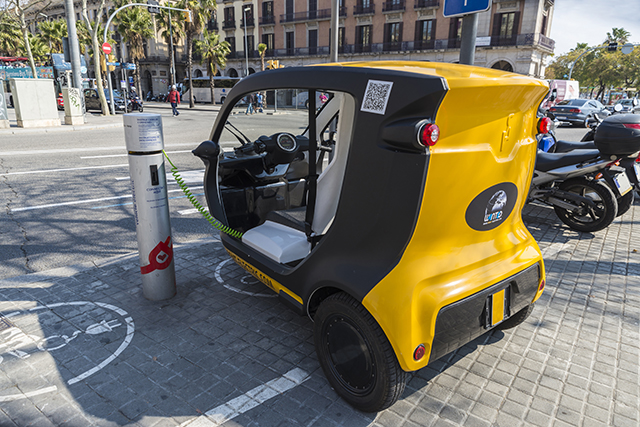“Green” policies aimed at reducing CO2 emissions are having the opposite effect
11/12/2020 / By Cassie B.

Like many liberal policies, so-called “green” policies aimed at reducing carbon dioxide emissions are full of contradictions and poor reasoning – not to mention the fact that their stated goal does not have the best interests of the planet at heart.
Scientist Charles Rotter takes issue with the fact that burning biomass is considered CO2 neutral to give it the appearance of reducing carbon dioxide emissions and helping control “climate change.” In a piece published on the esteemed climate website Watts Up With That?, he points out that burning biomass raises the instantaneous output of carbon dioxide emissions significantly, and it also causes substantial destruction to natural environments and habitats when it is used at the needed industrial scale.
Fuel substitution policies that see fossil fuels replaced by wind, solar and biomass, which they claim are CO2-emissions free, have already damaged the reliability of power grids in South Australia and California, and other places are sure to follow suit.
Rotter points out that the biomass that has been declared carbon neutral by UK and EU policy isn’t carbon neutral at all. For the same power produced, he says that burning biomass releases far more carbon dioxide than other fossil fuels such as coal, lignite and natural gas. Moreover, biomass destroys the virgin forest environments where the wood it uses is harvested. In Europe in particular, he says there is not enough timber feedstock to maintain even partial power production.
In fact, it will require as long as a century to fully restore the forest wildlife habitat destroyed and therefore reabsorb the carbon dioxide released by burning biomass and power plants – and there’s also the significant heat energy that is needed for drying and processing the harvested wood to make it into transportable pellets for burning to consider. Then, fossil fuels are used to transport it across long distances.
These factors mean that 3.6 times the carbon dioxide is released into the atmosphere with biomass compared to burning natural gas to get the same power output.
Wind and solar aren’t much better
Some of the other alternative fuels favored by the left as being “CO2-emissions free,” wind and solar, do not fare much better. This summer, California’s power grid started to fail and 20 million residents experienced rolling blackouts during a heat wave, due in no small part to the state’s longtime renewable energy policy. The state has been retiring traditional energy production formats such as natural gas and replacing them with alternatives like solar and wind that cannot keep up with demand.
Many of the outages took place during summer afternoons as power demand peaked when residents started turning up their air conditioning to cope with the heat just as solar power supplies slowed down with the sunset.
The problem was compounded by erratic output from wind farms, which ultimately demonstrated that they were incapable of keeping up with demand during peak power usage. With other states also reaching their limits, California utilities and grid operators had nowhere else to turn to make up for the shortages.
A year earlier, the California Independent System Operator (ISO) had warned that electricity shortages could arise because of the shift to less-reliable sources like solar and wind.
Of course, all of this may be irrelevant because no one has convincingly explained why reducing the growth of CO2 emissions is a good thing in the first place. After all, having more carbon dioxide is way better for plant growth, forests and ecosystems. Why would we want to reduce something that supports all of the life on our planet? That’s the real question.
Sources for this article include:
Submit a correction >>
Tagged Under:
biomass, carbon dioxide, CO2, Ecology, Emissions, environ, fossil fuels, green power, renewable energy, solar power, wind power
This article may contain statements that reflect the opinion of the author
RECENT NEWS & ARTICLES
COPYRIGHT © 2017 ENVIRON NEWS





















